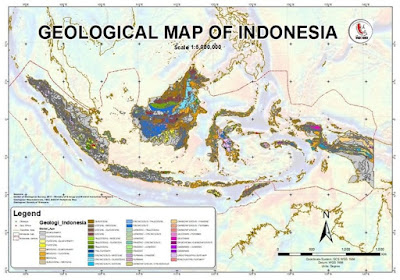PAPER 1979_Taylor_Geology Of Tin Deposit
The search for tin extends back well into prehistory and presumably some of the first prospectors were early tribes anxious to start the Bronze Age. From this inauspicious beginning society has steadily developed usage and now consumes some 200,000 tonnes per annum. Consumption has shown a steady though unspectacular increase, and there seems little doubt that exploration for new sources will continue into the foreseeable future. Tin metal is soft, malleable, chemically inert, non toxic, has a low melting point, and this combination of properties has been used to advantage to produce many products. The majority of consumption is utilised to make tin plate (40-45%) and the next major use is solder (20-25%). Other significant uses are white metal and babbit together with antifriction metals (5-10%), bronze (4-6%), and protective coatings on copper wire and electrical connections, i.e. tinning (4-6%). Detailed industrial uses as listed by Hoare (1969) include:
TINPLATE
Food and beverage cans. Open-top and general line containers; pet food cans.
Other containers. For oils, chemicals, paints, cosmetics, and other non food products.
Closures. Screw caps, twist-off caps, crown corks, etc. Engineering and Electrical uses. Automobile, radio and electrical applic-
ations; gas meters, general light engineering and press work.
Other uses. Kitchen and dairy equipment, display and advertising signs,toys.






Comments
Post a Comment